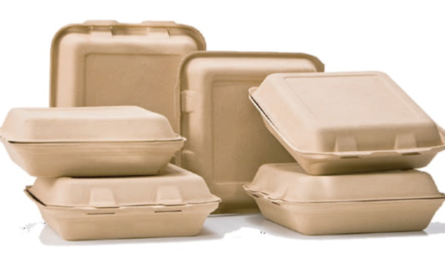Aseptic processing offers a solution by allowing foods to be packaged and sealed without exposing the contents to external contamination. This advanced packaging technique enables a wider variety of foods to be shelf-stable for longer periods. Let’s take a closer look at how aseptic processing works and the benefits it provides.
The Aseptic Process
Aseptic processing begins with carefully controlled preparation of the food and packaging materials. All surfaces are thoroughly cleaned and sterilized to eliminate microbes. The food is then thermally treated at high temperatures to destroy any pathogens present. Simultaneously, empty packaging containers are sterilized through a series of steam heated tunnels.
The critical aseptic process occurs when the hot treated food is aseptically filled into the sterilized packaging in an enclosed aseptic system. The system is pressurized with sterile air to prevent external contamination. Sophisticated sensors ensure no microbes enter during filling. Once filled, the packaging is sealed to protect the contents. The entire aseptic process takes place in a sterile environment to maintain the safety of the packaged product.
Benefits of Increased Shelf Life
By eliminating oxygen exposure and preventing recontamination, aseptically processed foods can enjoy extended ambient shelf lives without preservatives or refrigeration. Milk can last 6 months unopened. Juices stay fresh for over a year. Meals like soup remain ready-to-eat for over 18 months. The longer shelf life reduces waste and saves consumers time by not requiring frequent shopping.
Safety of Packaged Foods
By destroying all pathogens during thermal treatment and maintaining sterility throughout filling and sealing, aseptically processed foods are essentially free of foodborne illness causing microbes. This “commercial sterility” provides a distinct safety advantage over conventional canning methods which may fail to reach centers of containers where surviving microbes can potentially cause spoilage. With aseptic packaging, there is no risk of contamination if packaging integrity is maintained.
Wider Range of Products
The flexibility of aseptic processing makes it suitable for virtually any liquid, slurry or particulate product that can be thermally treated. Beyond the traditional milk, juices and soup, newer aseptically packaged items include sauces, dips, eggs, pureed meals and more. As consumer preferences evolve towards greater convenience, the scope of available aseptically packaged foods continues growing to meet demand.
Economic and Environmental Benefits
By not requiring refrigeration, Aseptic Packaging reduces distribution and retail storage costs. Less product is discarded due to extended shelf life, lessening food waste impacts. The aseptic system consumes less energy than conventional canning lines. And the lightweight packaging uses less material compared to cans, saving on material costs and creating less waste after disposal. Overall, aseptic processing provides economic and green benefits throughout the packaging lifecycle.
Quality and Convenience
Aseptically processed foods maintain superior flavor, color, texture and nutritional quality compared to traditionally canned products. And as ready-to-eat packaged items requiring no refrigeration until opening, aseptic foods deliver unparalleled convenience for busy consumers. Whether at home or on the go, these high quality nutritious foods are easy to transport, store and enjoy anywhere.
Continuous Innovation
Advanced aseptic processing and packaging technologies continue to rapidly evolve. Ultra-clean environments, more accurate temperature controls and automated filling systems allow higher production speeds. Novel package designs keep expanding the possibilities – think stand-up pouches or spouted cartons. New processing aids like aseptic HPP (high pressure processing) can match or surpass traditional thermal treatment. The future promises even wider application of safe, sustainable and convenient aseptically packaged options.
With unmatched sterility assurance and extended stable shelf life, aseptic processing delivers clear food safety and consumer benefit advantages. As a versatile packaging technique suitable for almost any liquid or particulate product, its role in the remains primed for further growth. Continuous technological refinement also keeps driving improved efficiency, quality and application scope. Aseptic packaging undoubtedly represents a crucial innovation for preserving and delivering healthier, sustainable nourishment worldwide.
Note:
1. Source: Coherent Market Insights, Public sources, Desk research
2. We have leveraged AI tools to mine information and compile it




